0 Comments
Today students played "Caveman Pictionary" drawing only by candle light with chalk on the wall. We also watched a short clip about a recently discovered human ancestor.
As we study what it means to be human, we are looking at different changes and events throughout the 250,000 years of human history. We are starting with the development of tools and technology that resulted from ever increasing collective learning among humans. Students built atlatls and threw darts on the football field to get familiar with an ancient hunting technology that allowed our ancestors to hunt the mega-fauna of the ice-age. Atlatls continue to be use around the world for hunting and fishing. If you want to make your own atlatl with simple materials the directions are below. Make your own Atlatl and DartAs we continue to explore evolution we are starting to narrow our focus on how humans have evolved over time and the bigger question of, what makes us human? Today we watched the Crash Course episode on Human Evolution and talked about our common ancestors with a variety of human-like and non-human ancestors. Tomorrow we will apply our understanding of early human technology to make atlatls to try and throw our darts as far as we can.
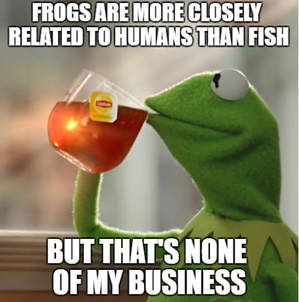 Today students had their Evolution symposium and used different evidences of evolution to explain how they arranged the different organisms on their Phylogenetic Trees from yesterday. Some students presented their findings to the class and we ended our symposium with a reception with cookies and drinks as we discussed our learning. There are as many ways to categorize animals as there are animals themselves. However, in biology some ways give us a better understanding of relatedness among animals. Homologous structures and DNA similarities are clear evidence of common origins among animals. Analogous structures and geographic speciation are ways we can establish differences among organisms. All of these tools help us understand the tree of life, with all living organisms sharing a singular origin, that has been branching into more and more complex organisms over the last 3.5 Billion years! As with all good science projects, once we collected our data, we took the time to analyze it. Using Google sheets, we graphed individual class results for the number of different birds over time. And although the trends were similar across classes, each class also showed unique patterns. However, when all class data was graphed together (96 data points!) overall trends became very clear.
Surprisingly, both Small and Medium beaked Clipbirds had the greatest success in both survival and reproduction, as well as a fairly direct relationship between time and population. Big beaked birds however, in contrast to many students hypotheses, always struggled to survive and almost never reproduced on the island due to their vastly higher calorie requirements. In this activity it became very clear that natural selection does not always favor the biggest, or strongest animal but always the animal best adapted to its environment, which on Clipbird island meant having a small or medium beak, intsead of a big beak. Tuesday when we get back to school we will continue looking at evolutionary relationship among not just small groups of organisms but of many organisms across the tree of life. |
AuthorMr. Powell is a High School Science Teacher in Western Colorado. Archives
May 2024
Categories
All
|
||||||||||||||||||
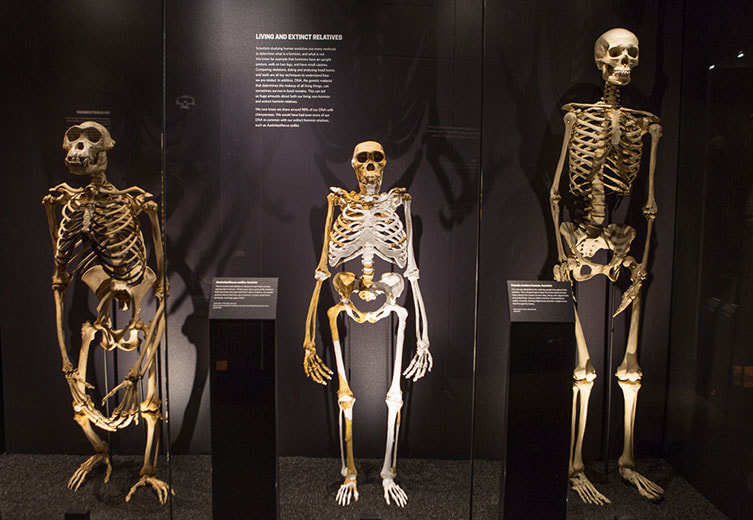
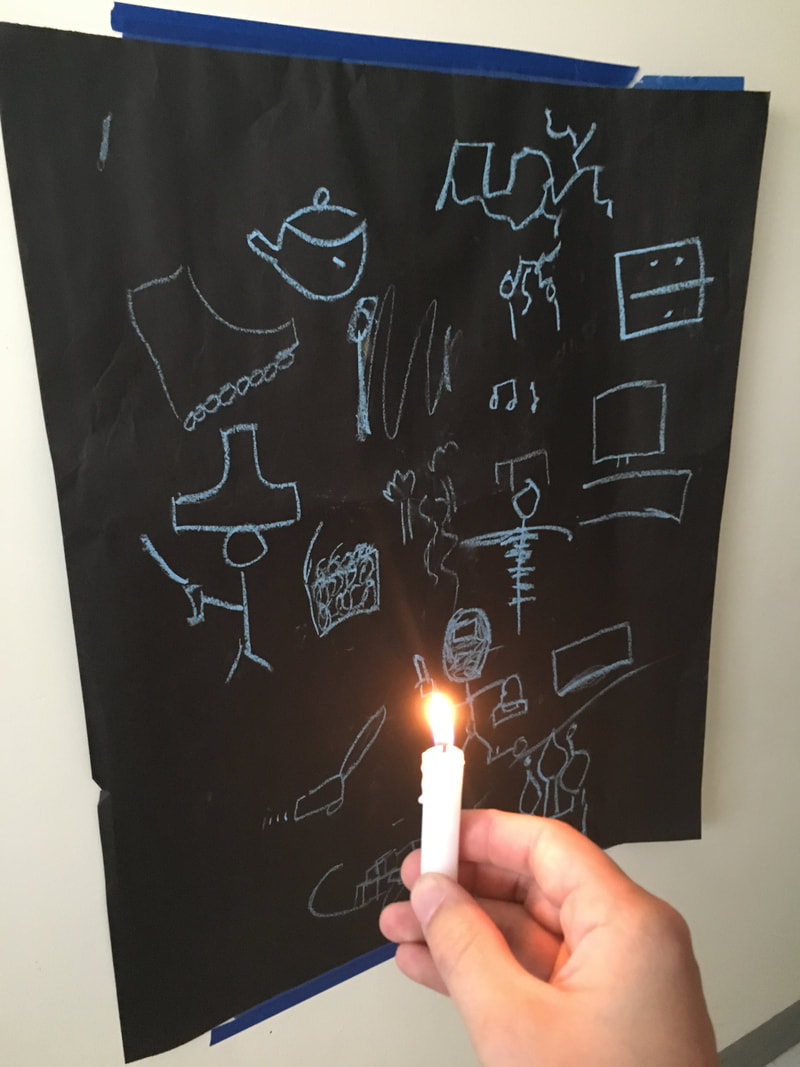
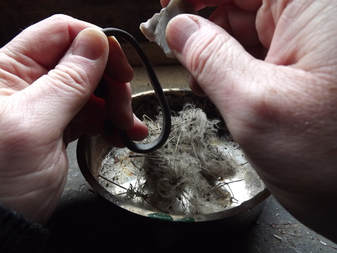
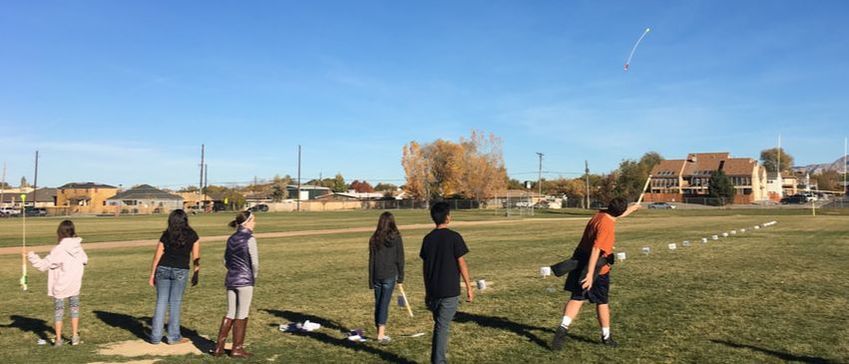

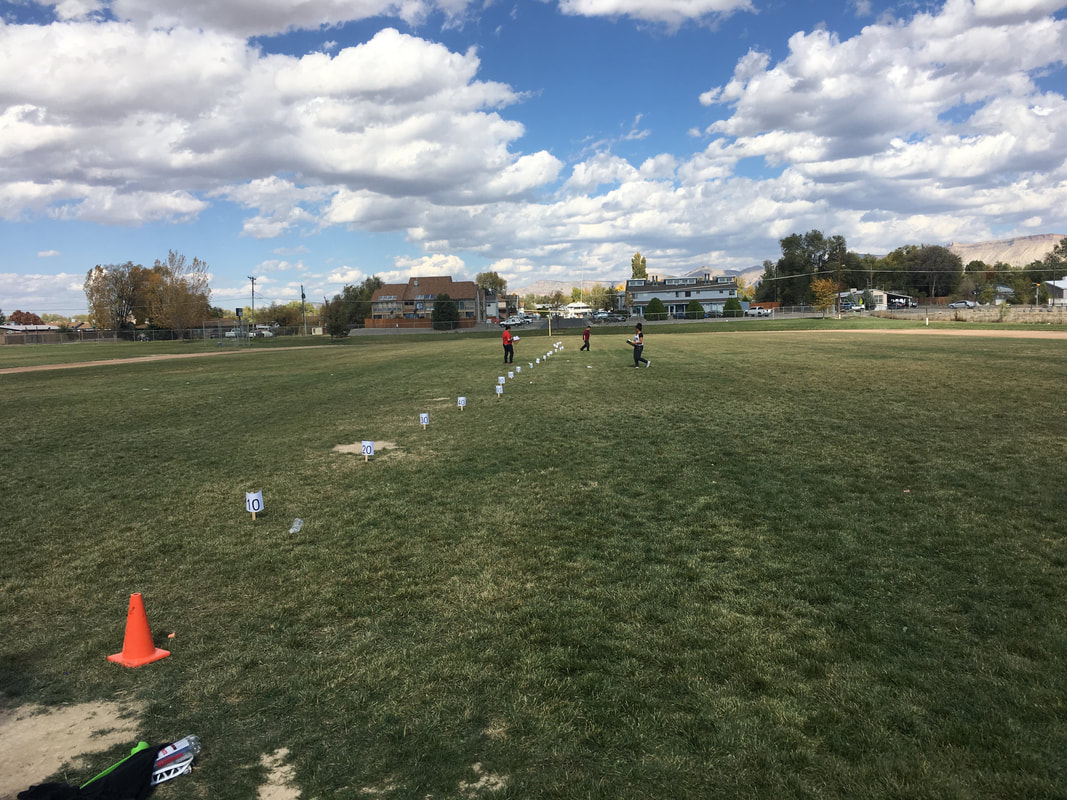
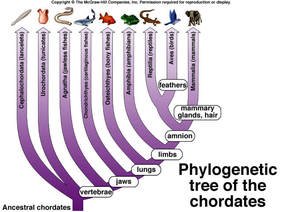
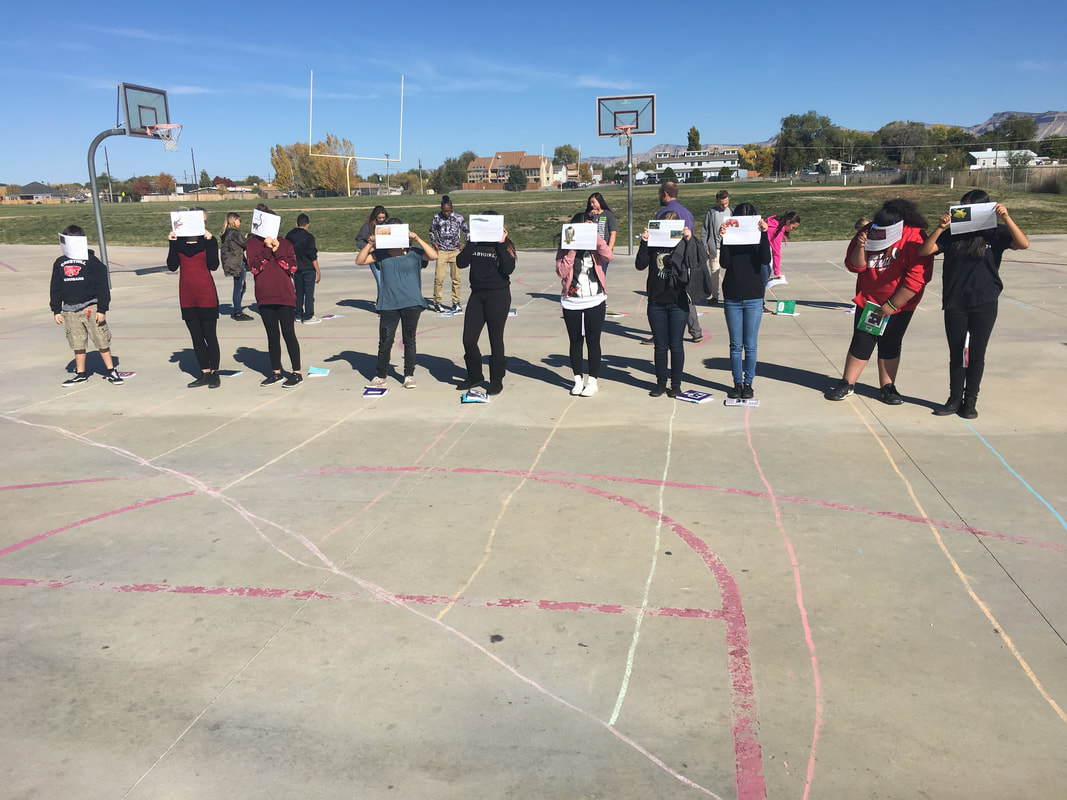
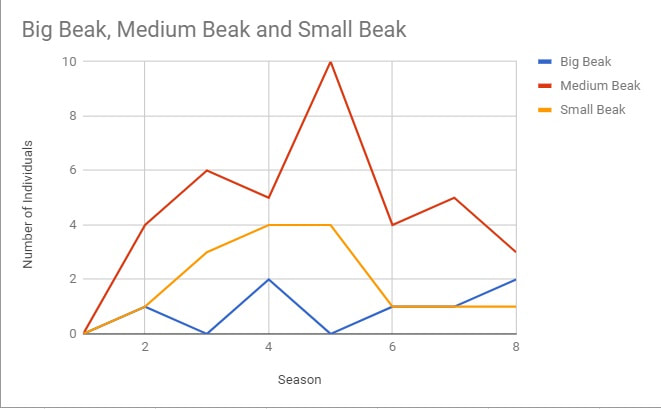
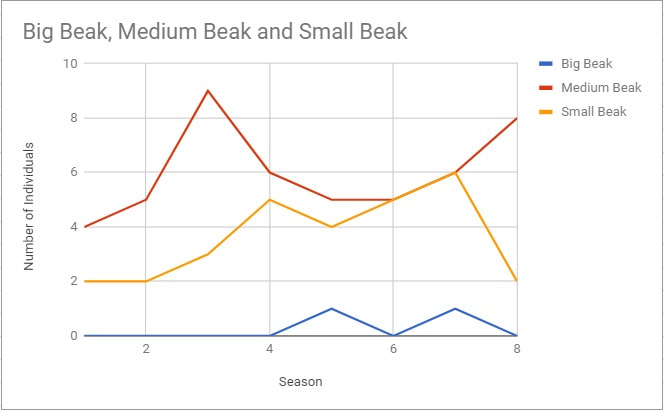
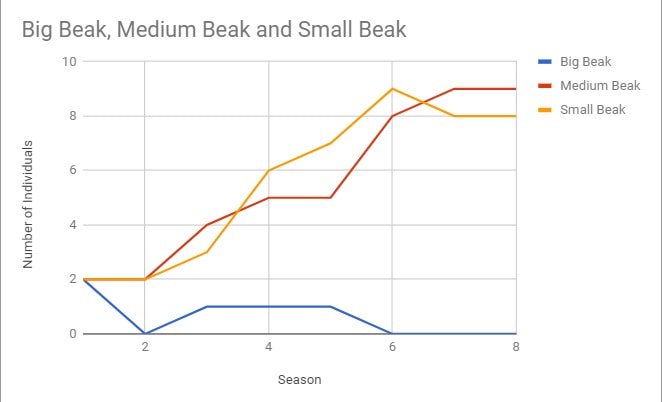
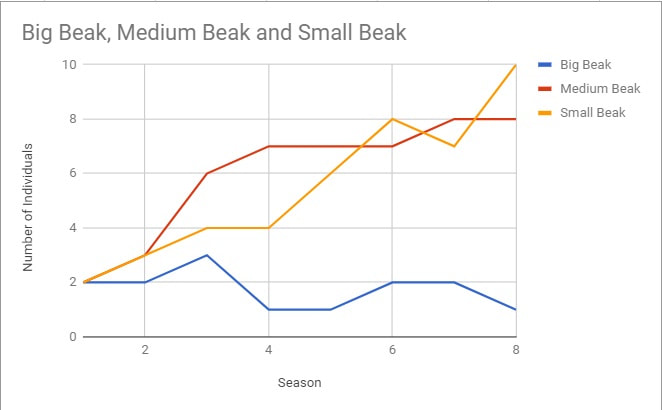
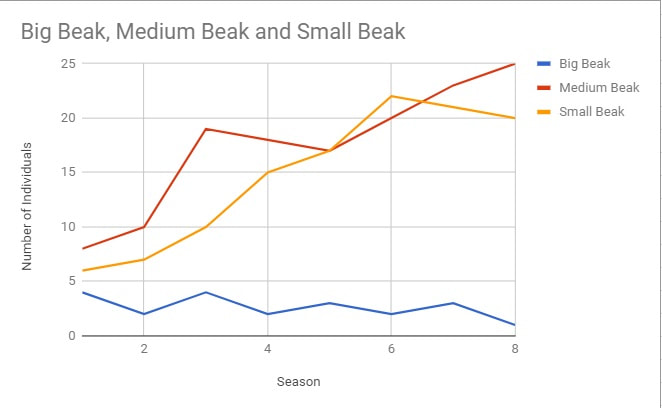
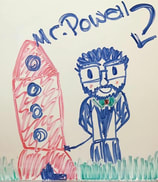
 RSS Feed
RSS Feed